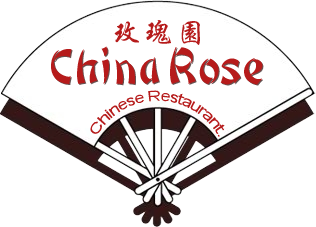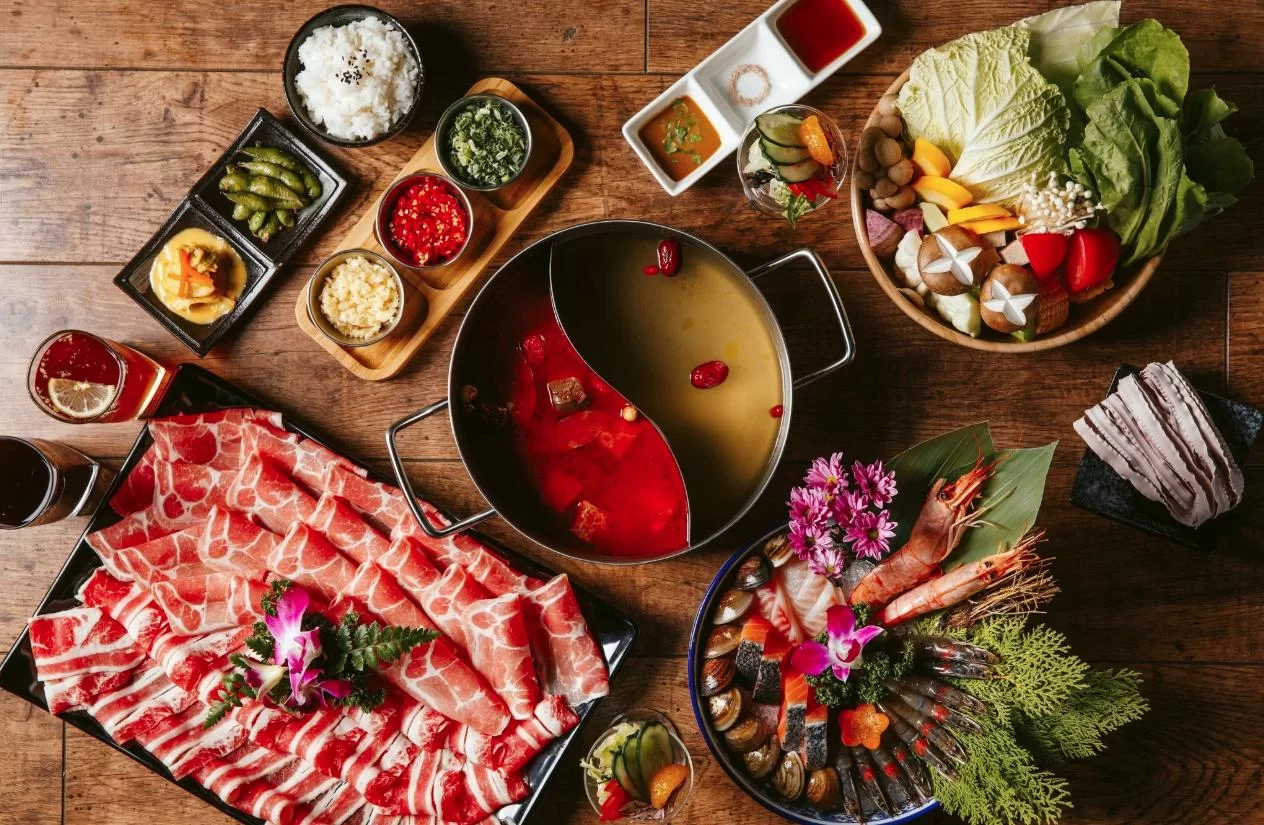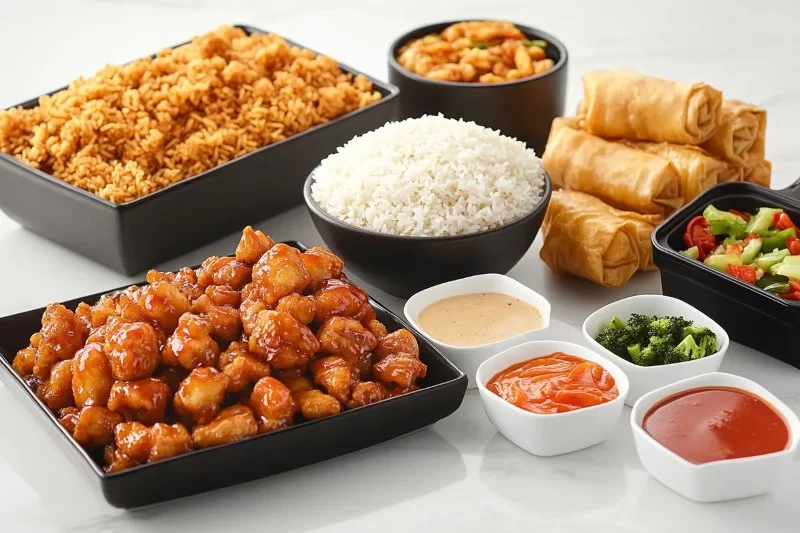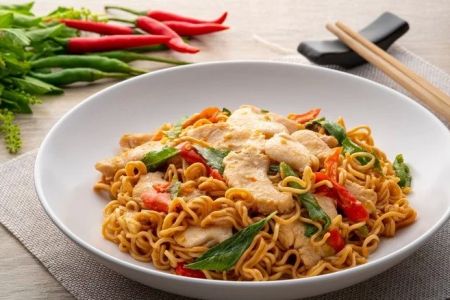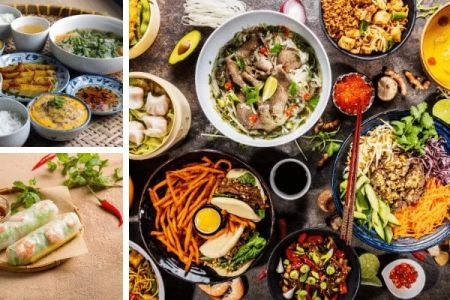- 01 - understanding-the-heart-of-chinese-cooking
- 02 - essential-tools-and-ingredients-for-authenticity
- 03 - mastering-the-art-of-wok-cooking
- 04 - building-flavor-profiles-the-key-to-chinese-taste
- 05 - step-by-step-guide-to-a-classic-dish-kung-pao-chicken
- 06 - real-life-story-first-time-cooking-chinese-at-home
- 07 - where-to-start-your-own-chinese-food-journey
1. Understanding the Heart of Chinese Cooking
When people ask how to make Chinese food, what they’re really asking is how to capture centuries of culinary wisdom in a modern kitchen. At the heart of Chinese cooking lies balance—sweet and savory, crisp and tender, spicy and cooling. These contrasts come together to create dishes that are both satisfying and deeply cultural.
Chinese cuisine is incredibly regional. While Cantonese dishes often focus on delicate flavors, Sichuan cooking is famously bold and fiery. Knowing where your inspiration comes from is the first step to understanding how to make Chinese food with intention.
2. Essential Tools and Ingredients for Authenticity
Before diving into recipes, you’ll want to gather the basics. A seasoned wok, a cleaver, and a bamboo steamer are iconic tools of the trade. As for pantry staples, you can’t skip light soy sauce, dark soy sauce, Shaoxing wine, sesame oil, and dried chili peppers. Fermented black beans and Sichuan peppercorns bring regional complexity.
Fresh ingredients matter too—Chinese garlic, scallions, ginger, and napa cabbage are frequently used. Without these essentials, it’s hard to replicate the deep umami and aroma that make homemade Chinese food unforgettable.
3. Mastering the Art of Wok Cooking
One of the secrets to learning how to make Chinese dishes is understanding the role of the wok. This versatile pan isn’t just a cooking tool—it’s a vessel of technique. High heat, constant motion, and minimal oil allow ingredients to caramelize quickly without becoming greasy. This process, known as “wok hei,” gives food a charred aroma that can’t be faked.
To achieve wok hei at home, use a carbon steel wok over a powerful burner. Prepare all ingredients in advance, since cooking moves fast. Your wok should be hot enough that a drop of water vaporizes instantly. With practice, you’ll start to see how mastering heat leads to flavor depth in even the simplest stir-fry.
4. Building Flavor Profiles: The Key to Chinese Taste
To truly understand how to make Chinese food, you must go beyond ingredients and learn the balance of taste. Many Chinese recipes layer soy sauce with vinegar, sugar with heat, or garlic with fermented notes to create nuanced flavors. Think of dishes like mapo tofu or sweet and sour pork—each bite hits multiple senses.
Umami plays a central role. You can enhance it with oyster sauce, MSG, dried shiitake mushrooms, or even aged soy sauce. These layers transform a dish from flat to unforgettable, even if the recipe uses just a few main ingredients.
5. Step-by-Step Guide to a Classic Dish: Kung Pao Chicken
One of the best ways to learn how to make Chinese cuisine is to start with a beloved classic. Kung Pao Chicken offers the perfect combination of sweet, sour, spicy, and umami flavors. Here’s a basic walkthrough:
1. Marinate chicken in soy sauce, Shaoxing wine, and cornstarch for 15 minutes.
2. Stir-fry peanuts in hot oil until golden, then remove.
3. Sauté dried chilies and Sichuan peppercorns, followed by garlic, ginger, and scallions.
4. Add the chicken, sear until nearly cooked.
5. Add sauce mix (vinegar, sugar, soy sauce, water, and cornstarch) and toss in the peanuts.
6. Cook until thickened.
This dish takes under 30 minutes and introduces essential Chinese cooking techniques, all while delivering restaurant-level taste.
6. Real-Life Story: First Time Cooking Chinese at Home
Jenny Parker, a graphic designer from Oregon, tried making Chinese food at home during the pandemic. “I missed my Chinatown lunch breaks,” she said. “I followed a YouTube tutorial for beef and broccoli, and it was shockingly good. I didn’t have a wok, but I used my cast-iron skillet and added oyster sauce as a friend suggested.”
Jenny’s story reflects a wider trend—people are now more curious than ever about how to make Chinese food from scratch, and they're embracing imperfection in favor of experimentation. And when a dish turns out great? That sense of accomplishment is unbeatable.
7. Where to Start Your Own Chinese Food Journey
Making Chinese food at home is not just about technique—it’s about curiosity and consistency. Start with simple dishes like fried rice or bok choy with garlic before exploring more complex ones. Practice chopping skills, taste as you go, and adjust flavors to suit your palate.
For newcomers wondering how to make Chinese meals authentically, Chinese Food is a helpful destination. Whether you need a curated list of must-have ingredients or access to high-quality tools, our site can point you toward trusted products and sources. Making Chinese food at home is more achievable than ever—you just need a little guidance and a lot of heart.
